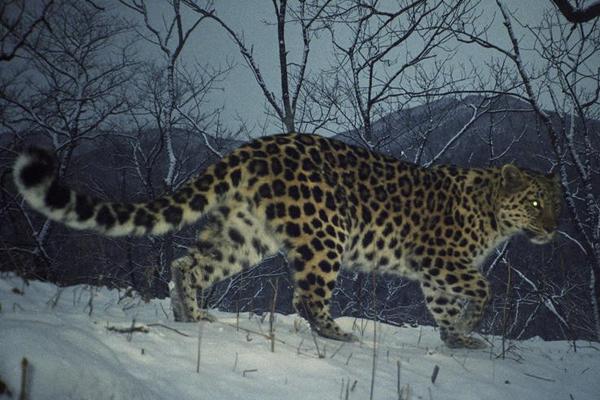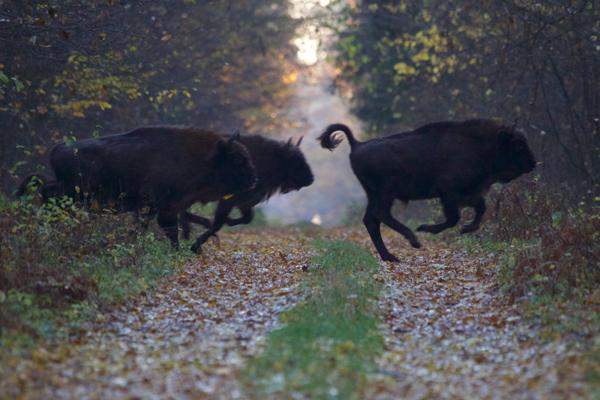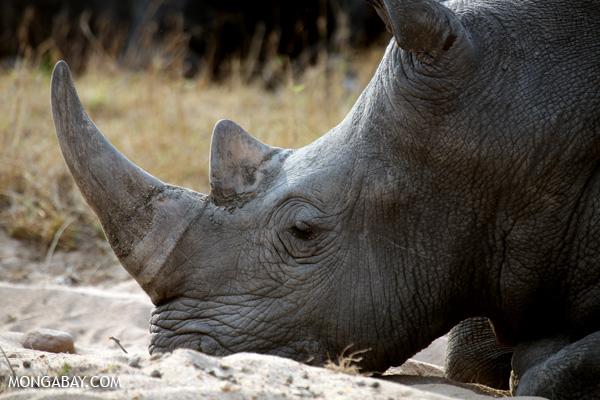Most of the world’s big predators are in decline, but there are some happy stories out there. This week, WWF announced that the Amur leopard population has grown to a total of 65-69 cats. This represents a more than doubling of the population in eight years. Still, the Critically Endangered subspecies remains perilously close to extinction.
“There’s still a lot of work to be done in order to secure a safe future for the Amur leopard, but these numbers demonstrate that things are moving in the right direction,” said Barney Long, the Director of Species Conservation for WWF-US.
Amur leopards (Panthera pardus orientalis) sport a long, furry coat to keep them warm in the cold, northern winters. The subspecies was once found in Russia, China, and North and South Korea, but was decimated by poaching and habitat destruction until it’s population fell to just over a dozen . Today, the biggest population is in Russia’s Land of the Leopard National Park, but, in an optimistic sign, the big cat has recently returned to China.
During a census of the population, scientists scoured 10,000 images of Amur leopards, counting 57 individual cats in the Land of the Leopard National Park. They further estimate that between eight and twelve Amur leopards survive across the border in China.
Amur leopards remain imperiled by poaching, road building, logging, and a decrease in their prey species due to hunting. While a large predator, Amur leopards must also compete with the world’s biggest cat, the Amur tiger (Panthera tigris altaica). This tiger subspecies, also known as the Siberian tiger, is similarly making a slow comeback after near-extinction due to the same impacts.
Currently, some 2,000 scientists are scouring the region for a tiger census, the first since 2005. But experts are cautiously optimistic that the census will show growth in Amur tigers as well.
This article was written by Jeremy Hance, a contributing writer for news.mongabay.com. This article has been republished with permission, original here.




